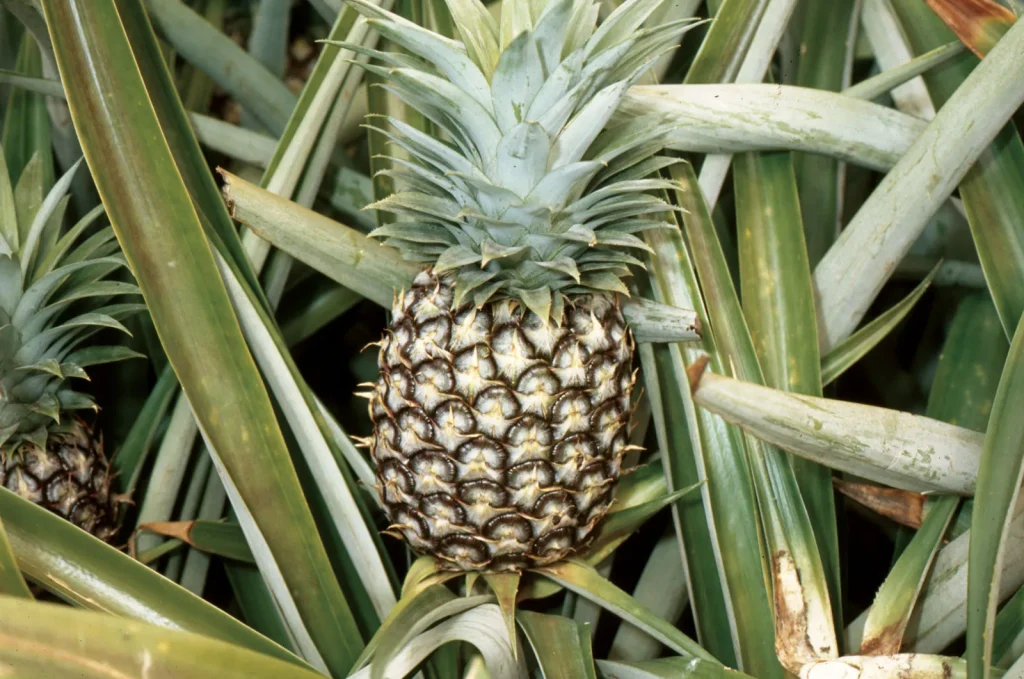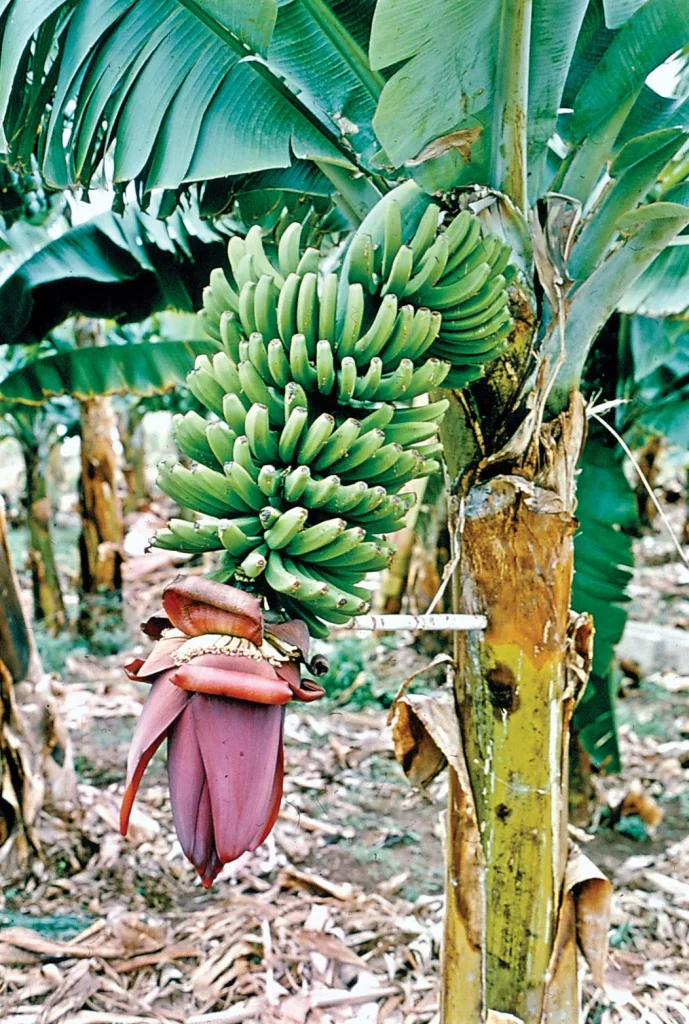Introduction
Mangoes, often dubbed the “king of fruits,” are a tropical delight enjoyed by millions worldwide. With their vibrant hues, irresistible aroma, and sweet taste, mangoes have captivated taste buds for centuries. Whether eaten fresh, blended into smoothies, or used as a flavoring for desserts, mangoes are a versatile and beloved fruit. In this blog post, we will delve into the fascinating world of mangoes, exploring their history, nutritional benefits, varieties, and their role in different cuisines.
The History and Origin of Mangoes
Mangoes have a rich and storied history that dates back over 4,000 years. They are believed to have originated in the region of South Asia, particularly in what is now India and Myanmar. The name “mango” is derived from the Tamil word “mankay” or “mangga,” which Portuguese traders adopted when they arrived in India during the 15th and 16th centuries.
Mangoes were first cultivated in India, where they were considered a symbol of love and prosperity. Ancient Indian texts, including the Sanskrit poems and Hindu scriptures, often reference the mango as a “divine fruit.” Over time, the cultivation of mangoes spread across Southeast Asia, Africa, and eventually to the New World through the efforts of explorers like the Portuguese and Spanish. Today, mangoes are grown in tropical and subtropical regions across the globe, from Mexico to Thailand, making them one of the most widely cultivated fruits worldwide.
Nutritional Profile and Health Benefits
Mangoes are not just delicious but also pack a powerful nutritional punch. They are rich in vitamins, minerals, and antioxidants, making them an excellent addition to a healthy diet. Let’s take a closer look at the nutritional profile of mangoes:
- Vitamins: Mangoes are an excellent source of Vitamin C, with a single serving providing about 60-70% of the daily recommended intake. Vitamin C is essential for boosting the immune system, promoting skin health, and aiding in collagen production. Mangoes are also a good source of Vitamin A, which is crucial for eye health, skin repair, and immune function.
- Antioxidants: Mangoes are rich in antioxidants like beta-carotene and flavonoids, which help combat free radicals in the body. These compounds are linked to reducing the risk of chronic diseases, including heart disease and certain types of cancer.
- Fiber: A medium-sized mango contains around 3 grams of dietary fiber. Fiber aids in digestion, prevents constipation, and helps regulate blood sugar levels. This makes mangoes a great option for those looking to maintain a healthy digestive system.
- Minerals: Mangoes provide essential minerals like potassium, magnesium, and copper. Potassium is vital for heart health and regulating blood pressure, while magnesium plays a role in muscle function and energy production.
- Low in Calories: Despite their sweet taste, mangoes are relatively low in calories. One cup of sliced mango contains approximately 100 calories, making them a satisfying and nutritious snack for those watching their calorie intake.
Popular Varieties of Mangoes
There are hundreds of mango varieties cultivated around the world, each with its own unique flavor, texture, and appearance. Here are some of the most popular types:
- Alphonso (Hapus): Known as the “King of Mangoes,” the Alphonso mango is highly prized for its rich, creamy texture and sweet, aromatic flavor. It is primarily grown in the western state of Maharashtra, India, and is often used in desserts, smoothies, and ice creams.
- Kent: The Kent mango is a popular variety in the United States, known for its sweet, juicy flesh and minimal fiber. It has a smooth texture, making it ideal for fresh consumption and blending into beverages.
- Ataulfo (Honey Mango): This small, golden-yellow mango is loved for its creamy, custard-like flesh and intense sweetness. Ataulfo mangoes are primarily grown in Mexico and are perfect for snacking or making mango salsa.
- Haden: The Haden mango is one of the oldest and most widely grown varieties in Florida. It has a rich, sweet flavor with a hint of acidity, making it a versatile option for both sweet and savory dishes.
- Tommy Atkins: This variety is known for its bright red skin and firm flesh. While it may not be as sweet as other varieties, Tommy Atkins mangoes are valued for their long shelf life and resistance to bruising, making them a popular choice in supermarkets.
- Kesar: Grown in the Gujarat region of India, Kesar mangoes are known for their saffron-colored flesh and intense sweetness. They are often used in making traditional Indian desserts like mango lassi and aamras.
Culinary Uses of Mangoes
Mangoes are incredibly versatile and can be used in a wide range of dishes, from sweet to savory. Here are some popular culinary uses of mangoes:
1. Fresh Mangoes
The simplest way to enjoy mangoes is to eat them fresh. Peel the skin, slice the flesh, and savor the sweet, juicy taste. Fresh mangoes can also be added to fruit salads or served with a sprinkle of chili powder and lime juice for a spicy twist.
2. Mango Smoothies and Juices
Mangoes are a favorite ingredient in smoothies and juices due to their natural sweetness and creamy texture. Blend ripe mangoes with yogurt, ice, and a splash of milk to create a refreshing mango smoothie. For a tropical twist, mix mango with coconut milk, pineapple, and banana.
3. Mango Desserts
Mangoes are a key ingredient in many desserts around the world. In India, mango is used to make creamy desserts like mango kulfi (ice cream) and mango lassi (a yogurt-based drink). In Thailand, the classic dessert “mango sticky rice” features ripe mango slices served with sweet sticky rice and coconut milk.
4. Mango Salsas and Chutneys
Mangoes can add a sweet and tangy flavor to savory dishes. Mango salsa, made with diced mango, red onion, cilantro, and lime juice, is a popular topping for grilled fish or chicken. Mango chutney, a sweet and spicy condiment, is commonly served with Indian curries and snacks.
5. Mango in Savory Dishes
In some cuisines, mangoes are used in savory dishes as a flavor enhancer. Green (unripe) mangoes are often added to salads, pickles, and curries to impart a tangy taste. In Thai cuisine, green mango salad is a popular dish made with shredded mango, peanuts, chili, and fish sauce.
Mangoes in Culture and Symbolism
Mangoes hold a special place in many cultures and are often associated with love, prosperity, and abundance. In India, the mango tree is considered sacred and is a symbol of life and fertility. Mango leaves are used in religious ceremonies and are often hung at the entrances of homes during festivals to bring good luck.
In Hindu mythology, the mango is often referred to as the “fruit of the gods.” According to legend, the mango tree was a favorite of the deity Lord Ganesha, who is often depicted holding a ripe mango as a symbol of wisdom.
Mangoes are also featured in various art forms, from traditional Indian paintings to modern pop culture. The vibrant colors and unique shape of the mango make it a popular subject in artwork and decorations.
The Global Mango Industry
Mangoes are one of the most popular fruits in the world, with a global market value exceeding billions of dollars annually. The top mango-producing countries include India, China, Thailand, Mexico, and Indonesia. India alone accounts for nearly half of the world’s mango production, with the majority consumed domestically.
The demand for mangoes is growing steadily in international markets, driven by the fruit’s popularity as a healthy and flavorful snack. The mango industry is supported by advancements in agricultural practices, improved varieties, and efficient supply chain logistics, making mangoes more accessible to consumers worldwide.
Tips for Selecting and Storing Mangoes
To enjoy the best mango experience, it’s important to know how to select and store them properly:
- Choosing a Mango: When selecting mangoes, look for ones that are plump, slightly soft to the touch, and have a sweet aroma near the stem. Avoid mangoes with dark spots or wrinkled skin, as these may indicate over-ripeness.
- Ripening: If your mango is not yet ripe, you can place it in a paper bag at room temperature. This will help speed up the ripening process. Once the mango is ripe, it should yield slightly when gently squeezed.
- Storing: Ripe mangoes can be stored in the refrigerator for up to five days to extend their shelf life. Unripe mangoes should be kept at room temperature until they ripen.
Conclusion
Mangoes are much more than just a tasty treat—they are a symbol of culture, a powerhouse of nutrition, and a versatile ingredient in countless dishes. Whether you prefer them fresh, dried, or in a smoothie, there’s no denying the universal appeal of this delicious fruit. The next time you bite into a juicy mango, take a moment to appreciate its rich history and the journey it took to become the king of fruits.
So, why not indulge in a mango today? Whether you’re savoring it on its own, blending it into a drink, or using it to enhance your favorite recipes, this vibrant fruit is sure to bring a burst of sweetness and joy to your day.


